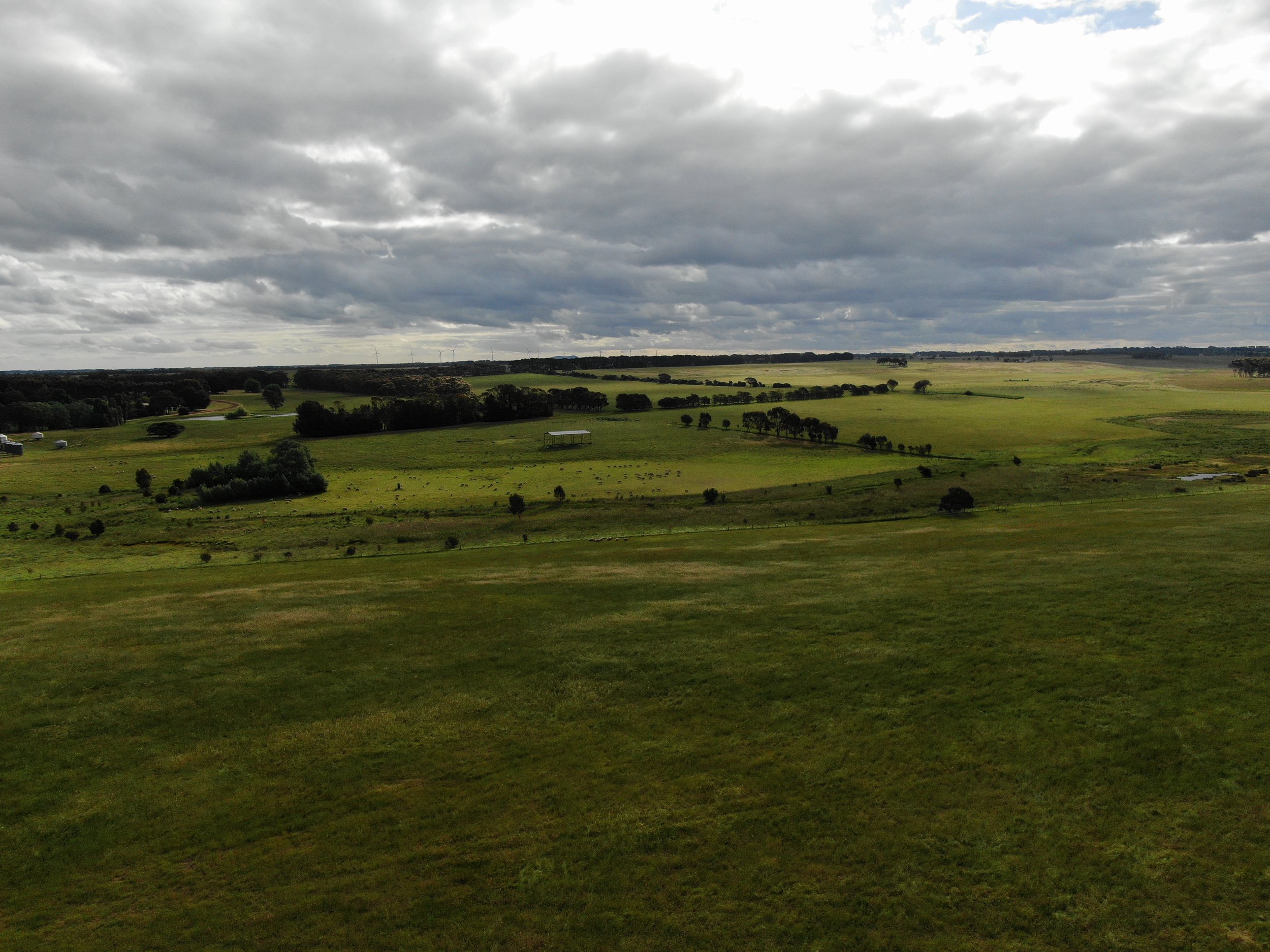
Our story, Our history, Our Heritage
Our history is recorded as far back 1839 and so tells plenty about the care and prestigious heritage we have built.
Early Days
Modern Beginnings
-

During the late 1920’s and since then, fleece weighing, fibre diameter and fibre diameter distribution measurements have been used to increase quality and quantity of wool produced.
-

For the next 50 or so years, the sheep were bred to type, to form the medium/fine Nareeb Nareeb sheep of the day.
-

These were renowned both commercially and in the show ring in Victoria for many years. These sheep typically cut about 4.5 kg of 20-21 micron wool.
Objective Measurement
-
This new type of sheep was to take advantage of the changes in wool technology and marketing which were brought about by the introduction of ‘objective measurement’ to the sale floor.
It was a type of sheep to be more profitable on the new, economically tightened, low-manpower farm.
To achieve these ends, a change of selection criteria was involved. Experimentation with some other Merino strains was used, notably Hazeldean, Merryville and Egelabra, for observation and controlled incorporation into the Stud.
-
In 1975, the Chatsworth House Stud was sold and five-eighths of the sheep were transferred to Nareeb Nareeb.
The great selection opportunities and enormously high culling rate which the purchase of about 9000 stud sheep enabled us to use, dramatically increased the rate of improvement of the sheep.
The policy of breeding sheep of true commercial merit, which are favoured by measurement, has been strictly adhered to.
There is no doubt that an objective means of establishing the value of wool will become more and more important. Measurement of length, strength, and colour are now common, and measures for style and type are well on the way.
The flock today
The present sheep typically cut 6.5 – 7.5 kilograms of 19-20 micron wool, and becoming finer each generation.
To keep the momentum going, we have used whatever the most modern technology has had to offer.
For example, A.I., computerisation of records, additional measurements, alongside with – and whilst retaining – the old, traditional sheep classing skills to keep it all on the track.
Nareeb Nareeb on a
national scale
More recently (since 1992), Nareeb Nareeb has participated in National Sire Evaluation and benchmarking to establish our position within the known, measured, national genetic pool.
In the fine wool section of this Central Test, Nareeb Nareeb sires are all above average for G.F.W (Greasy Fleece Weight) and nearly all finer than the average of the total Sire Test Group.
Nareeb Nareeb Poll Stud
Following the disastrous bushfires of 1977, where around 2500 Nareeb Nareeb stud ewes were burnt, some poll stud ewes and rams were purchased from Ashrose and Pollville in South Australia, and the Nareeb Nareeb Poll Stud was registered.
The ultimate aim of this move was to combine the virtues of the vigour, carcass, and ‘bone’ of the South Australian poll sheep with our high quality medium wool. At the time, such sheep did not exist in the ‘high rainfall’ environment.
After some 20 years of breeding, savage culling, and further introductions from our own Merino sheep and East Roseville Poll, we are most encouraged that the polled sheep of good carcass, growing soft, medium/fine wool, can produce and survive in this difficult ‘high rainfall’ environment of southern Victoria and Tasmania.
Analysis of all one year-old ewes run together and fed the same, found that the poll bred sheep, on average, cut 0.1 kg more wool, 0.4 microns stronger than the merinos. This illustrates the fact that there is very little difference in performance between the two strains.
A ram was bought from “one Oak” stud and used in the merino stud with considerable success.
2013
A ram was bought from “Mt.Yulong” and used in the poll stud he also is having a good influence.
2014 also saw the purchase of the entire “Barton” both merino and poll stud from Tasmania. Well known for its predominant poll stud. Both the merino and poll studs had a large amount of Nareeb Nareeb genetics in them so they will blend in well with our sheep









